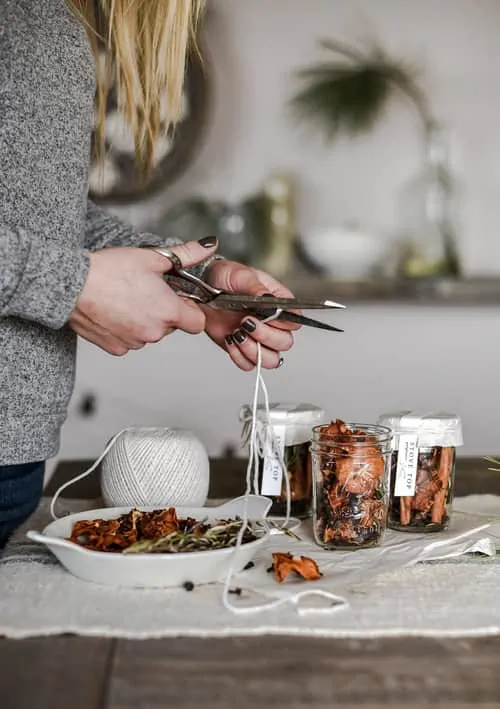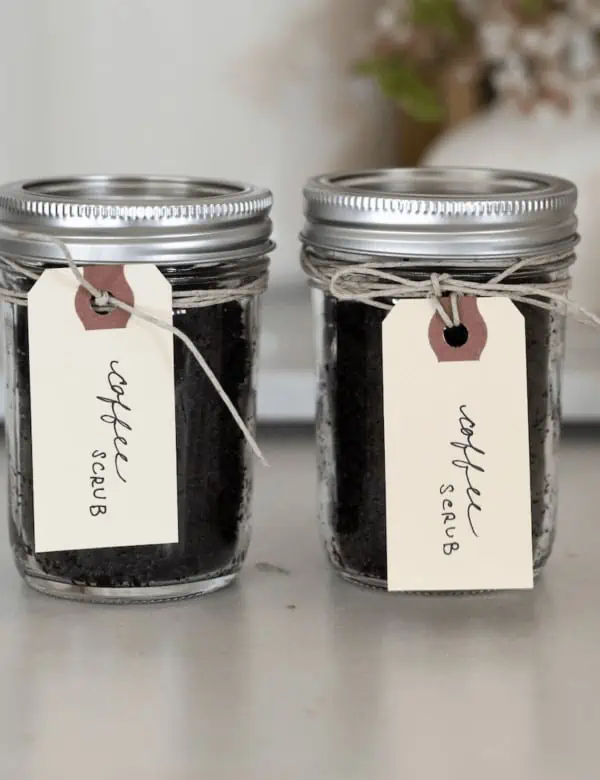I guess I’ve been on a bit of a pillow/farm animal binger here on Boxwood Avenue, but I figured I would finish the pillow I started in my TAP Tutorial and share a ‘how to’ with all of you!
You might be thinking: pillows are squares Chloe, we don’t exactly need you to tell us how to sew two squares together…but I am here to tell you, I am a pillow-maker gone rogue. Scandalous I know, but I never sew my pillows square. Maybe if someone offered me a million bucks I might change my ways, but that hasn’t happened yet, so as of now, I am a curvy pillow kinda woman.
I am part french, so it’s only natural for me to want to sew my pillows in a french manner right? I don’t remember where I learned this method (to the blog that originally taught me this, thank you!) but I haven’t looked back since. The french curve is actually a little contraption used to properly adjust patterns to fit your body perfectly. However, I use it loosely whenever I make pillows, as a way to sew them in a ‘billowy’ manner rather than perfectly square. The method I use is pretty franglish (because I don’t actually use the french curved piece of plastic), but if you want to purchase the real deal you can do so here.
I love using the french curve method for two big reasons: one, you don’t have to cut or sew perfectly to get get great results, and two, the pillow looks amazing when ‘karate chopped’ (you know what I am talking about right?). Side note: I hate sewing zippers (and button holes), so I avoid them at all costs. For this tutorial, I will be using an envelope back enclosure.
Step 1: Cut your fabric to fit whatever size insert you’re using. This is my formula: I add half an inch to the square size (so if you’ve got a 20 inch square insert, cut one piece of fabric 20.5 x 20.5 inches). This piece will be the front panel of your pillow. For the back pieces of the pillow I add 10 inches to the insert size, then divide by two, thus leaving me with the length for one piece of the envelope (if you’ve got a 20 inch square insert, add 10 inches – so 30 inches, then divide by two = 15 inches. So cut two pieces 20.5 inches x 15 inches).
Step 2: Iron and sew a 1 inch double hem on each piece of the ‘envelope’ (on the 20.5 in sides).
Step 3: Now lay your front panel pretty side UP, then layer your two back panels pretty side DOWN on top, and pin them together.
Step 5: This is where things get tricky, so please only use your best french accent while doing this part. Get a ruler and place it at the half way point, 1/4 inch in, on of one of the four sides. Raise the ruler up about an inch at the corner, but leave the part of the ruler that is marking the half way point just a 1/4 inch in. Now mark a line, repeat this for all four sides, in total you will be drawing eight lines (2 lines per side). Click on each picture to enlarge it, or check out the graphic from step one to see what the pillow will look like once all of your lines are drawn.
Step 6: Now go ahead and serge (or sew), the pillow together. I love my serger for this, but I always go back and topstitch my seams afterwards. Also when you serge, don’t use just one long seam. I go all the way down the entire edge, cut the thread, then start over for each side so I have a total of four separate seams (see what I mean below). This will make it so that the pillow won’t have ‘dog ears’ at the corners.
If you’re using a serger, go back and top stitch. Then flip her inside out, use the back end of your seam ripper to really crease the edges (or iron if you’re a maniac who loves ironing), and finish by stuffing her with a feather insert.
I hope I’ve converted all of you to my franglish method of sewing pillows, but lastly I must give a little public service announcement: can we please vow to stop using poly-fill inserts? They aren’t comfortable, and they make even $500/yard fabric look cheap. Invest in some great feather inserts and swap out the covers seasonally, but please, please stop using poly!!!
I love buying feather inserts from Online Fabric Store or PillowCubes, but you can usually find a great selection in the clearance section of TJ Maxx hidden behind damaged covers and priced at about $9. Okay okay off my soapbox. Now go be french!



These are great instructions – really well-written and easy to understand.
It’s funny though – as I’m writing this, my sister is actually sitting next to me sewing a pillow! Your post has got me thinking we should have tried a french curve! We definitely will next time!
Thanks for this great tutorial!
x Hannah
http://www.eatingwithalice.com
xx Hannah
http://www.eatingwithalice.com
I made a pillow tutorial as well but this is AWESOME! Thanks for sharing ;) Love your blog.
Hugs, Jamie